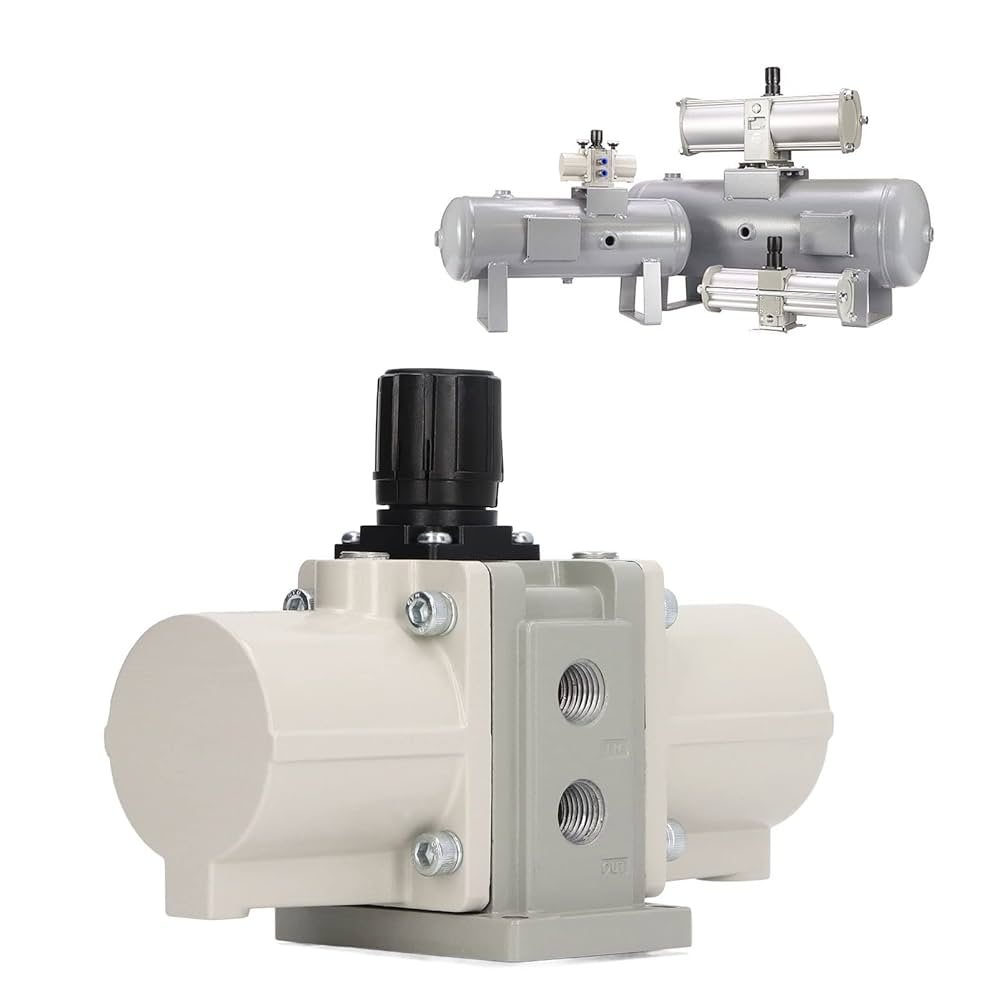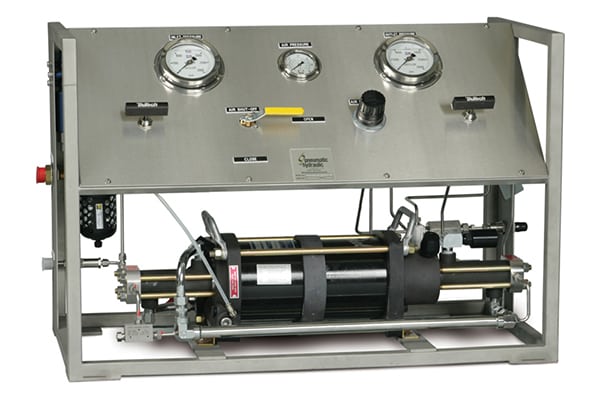The haskel gas booster pump operates as both technological marvel and political instrument, its 39,000 psi capabilities serving not merely industrial efficiency but the deeper architecture of global energy dependence that determines which nations prosper and which remain vulnerable to external economic pressures. In examining these compression systems, we encounter how seemingly neutral industrial equipment embeds the power dynamics that shape modern geopolitical relationships.
The Geography of Pressure Control
When Indonesia’s oil production averaged 576,000 barrels per day in 2024—falling short of the government’s 705,000 barrel target—the shortfall exposed the fundamental contradiction facing resource-rich nations: possessing abundant reserves whilst lacking technological infrastructure to control their own energy destiny.
Gas booster pumps serve as critical nodes in this infrastructure web. These systems enable:
- Enhanced oil recovery from mature wells that comprise 70% of Indonesia’s production
- High-pressure gas transfer for liquefied natural gas processing and export
- Cylinder charging operations are essential for industrial gas distribution networks
- Pipeline pressurisation enabling long-distance energy transport to global markets
- Gas scavenging systems that recover valuable resources otherwise lost to atmospheric venting
The Architecture of Technological Dependence
The technical specifications of modern gas booster systems reflect decades of engineering refinement concentrated primarily within Western industrial centres. This technological concentration creates dependencies that extend far beyond simple equipment procurement through multiple mechanisms:
Direct Dependencies:
- Specialised maintenance protocols requiring manufacturer-certified technicians
- Replacement parts supply chains controlled by original manufacturers
- Technical expertise requirements for optimal operation and troubleshooting
- Software updates managed by external technology providers
Systemic Dependencies:
- Operational parameters defined by equipment design specifications
- Maintenance scheduling dictated by manufacturer recommendations
- Economic viability influenced by ongoing technology costs
- Policy flexibility reduced through technology lock-in effects
Consider the implications when Indonesia’s state energy giant Pertamina plans blue ammonia facilities requiring 90 million standard cubic feet per day of gas processing capability. Such projects demand entire technological ecosystems embedded with these dependency structures.
Indonesia’s Energy Sovereignty Challenge
Indonesia’s experience illuminates the broader tensions facing resource-rich developing nations. Despite possessing significant natural gas reserves and serving as a major liquefied natural gas exporter, the country confronts the paradox of energy abundance alongside technological dependence.
Government Energy Initiatives:
- Diesel replacement programmes converting eastern power plants to gas-fired generation
- Transportation transitions implementing gas-fuelled truck networks
- Industrial expansion developing petrochemical, fertiliser, and methanol production
- Regional development building gas-based industries near production areas
Infrastructure Requirements:
- High-pressure gas handling for processing and distribution networks
- Sophisticated compression technology enabling long-distance transport
- Advanced safety equipment meeting international operational standards
- Integrated control systems coordinating multi-facility operations
Each initiative requires sophisticated gas handling infrastructure, including high-pressure systems that international suppliers largely control, creating fundamental tension between domestic resource development and technological autonomy.
As one energy sector analyst observing Indonesia’s industrial transformation noted: “The deployment of advanced gas booster pump technology across Indonesia’s expanding energy infrastructure represents both opportunity and constraint—while these systems enable domestic resource development, they also embed long-term technological dependencies that can limit sovereignty over energy policy and pricing decisions.”
The Economics of Pressure
Gas booster pumps facilitate what appears to be simple physics—increasing gas pressure for various industrial applications—yet their economic implications extend into complex questions of value distribution and industrial development. When these systems enable Indonesian facilities to achieve energy efficiency improvements of up to 35%, the benefits accrue unevenly across stakeholders.
International Supplier Benefits:
- Initial equipment sales generating substantial upfront revenues
- Long-term maintenance contracts providing predictable income streams
- Replacement parts monopolies ensuring ongoing profit opportunities
- Technical service provision creating additional revenue channels
Local Operator Impacts:
- Enhanced production capabilities improving operational efficiency and output
- Increased operational costs from sophisticated equipment maintenance requirements
- Technical skill development limited by proprietary system knowledge restrictions
- Strategic flexibility constraints due to technology lock-in effects
National Government Considerations:
- Increased tax revenues from enhanced production and industrial activity
- Reduced policy flexibility resulting from technological dependency relationships
- Infrastructure development requiring sustained foreign technology relationships
- Economic sovereignty limitations embedded within industrial equipment choices
The Strategic Dimension of Industrial Equipment
The choice of gas booster systems carries strategic implications extending beyond operational considerations. When Indonesia offers new exploration blocks, including controversial Natuna blocks intended for Chinese investors, infrastructure choices influence long-term relationships with technology suppliers and their home governments.
Modern gas booster systems incorporate sophisticated monitoring capabilities and connectivity features generating detailed operational data. This information flow creates additional channels through which external actors can monitor domestic energy operations.
Regulatory Frameworks and Industrial Reality
Indonesia’s efforts to streamline exploration permissions from 320 to 140 required permits, whilst eliminating bureaucratic obstacles, cannot address the deeper structural dependencies embedded within technological choices. The revised Production Sharing Contract schemes offering greater contractor flexibility reflect recognition that regulatory reform alone cannot overcome technological asymmetries.
The real constraints operate at more fundamental levels: the limited number of companies capable of producing gas boosters for extreme high-pressure applications, the concentrated ownership of critical intellectual property, and the specialised expertise required for complex system integration and maintenance.
Beyond Technical Specifications
The future of energy independence for nations like Indonesia depends not merely on regulatory reform or fiscal incentives but on developing comprehensive technological capabilities that reduce dependence on external suppliers. This requires sustained investment in technical education, research infrastructure, and domestic manufacturing capacity.
The challenge extends beyond individual equipment purchases to encompass entire technological ecosystems. Understanding these dynamics proves essential for policymakers, industry analysts, and citizens concerned with energy sovereignty and economic development. The technical capabilities embodied in sophisticated gas compression systems will continue shaping global energy relationships for decades to come, making the haskel gas booster pump an unexpected but revealing lens through which to examine the persistent inequalities that characterise our interconnected industrial world.



